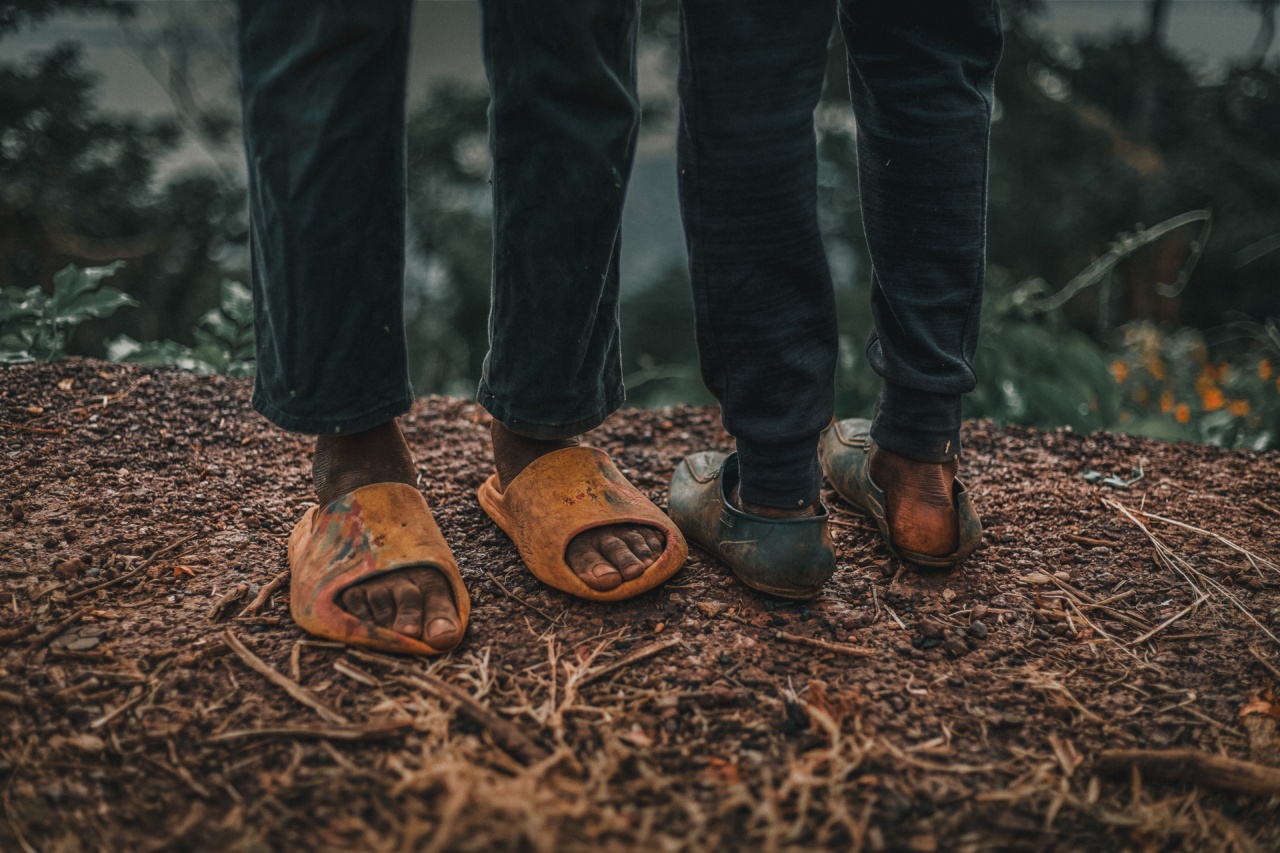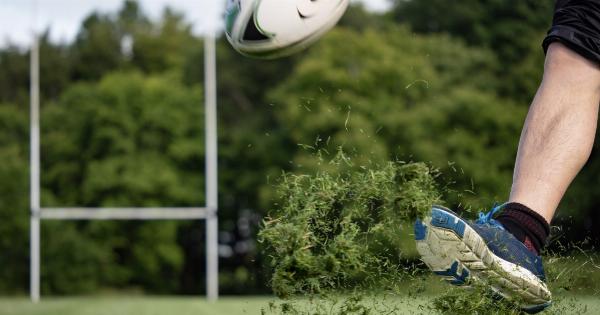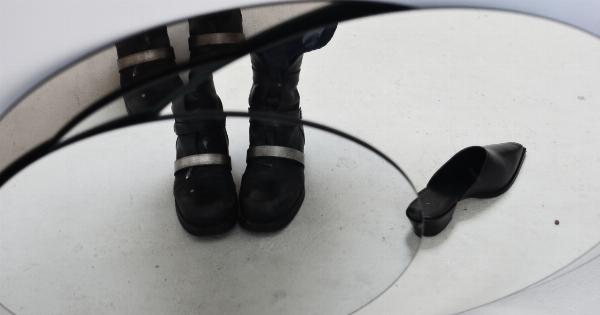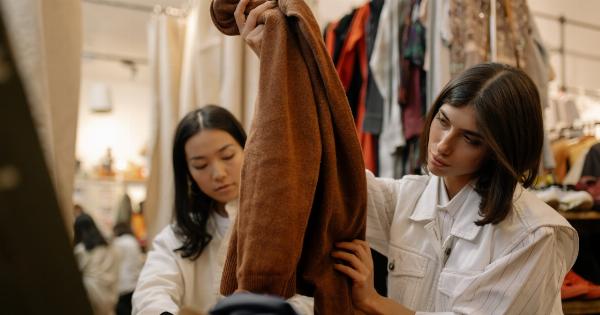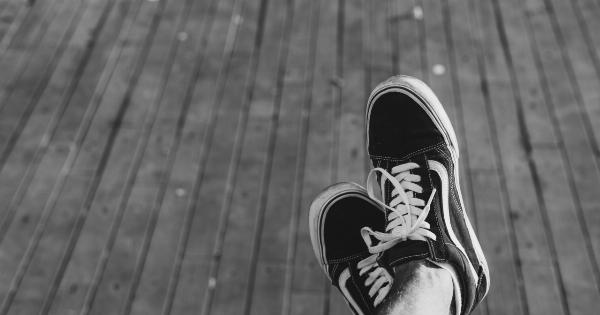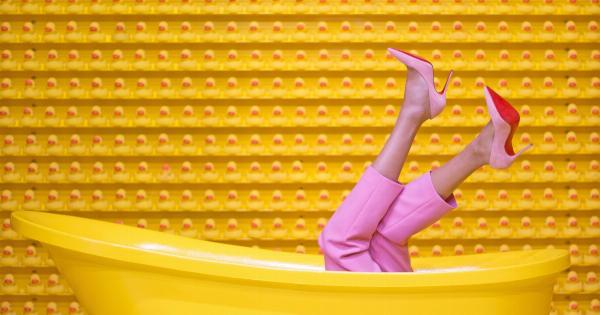As much as shoes can elevate your outfit and complement your style, not all shoes are created equal. Some might be stylish and look good on your feet, but they can cause harm and damage to your feet in the long run.
Here are the shoes that are bad for your feet:.
1. High Heels
High heels are a fashion staple and a favorite of many, but they are a nightmare for your feet. They can cause a variety of problems, starting with shin splints and plantar fasciitis to bunions, hammertoes, and ankle sprains.
With high heels, the weight of your body will be focused on the balls of your feet and your toes, causing discomfort, pain, and long-term damage.
2. Ballet Flats
Ballet flats might look comfortable and harmless, but they are damaging to your feet in the long run.
Because they lack arch support, they can cause plantar fasciitis, which is a severe and painful condition that affects your heels and the arches of your feet. The flatness of the shoe will also put your feet in an unnatural position, causing discomfort, pain, and a higher risk of developing other foot ailments.
3. Flip Flops
Flip flops are a summer favorite, but they are also bad for your feet. They can cause a variety of problems, including plantar fasciitis, shin splints, and Achilles tendonitis.
Because they offer no support, your feet will have to overcompensate, leading to discomfort and pain. The lack of cushioning and protection also leaves your feet vulnerable to cuts, bruises, and other injuries.
4. Pointy Toed Shoes
Pointy toed shoes might be trendy and fashionable, but they are also bad for your feet. They can cause bunions, hammertoes, and other foot deformities.
The tightness of pointy toed shoes can also cause friction and pressure, leading to corns, calluses, and blisters. If you must wear pointy toed shoes, choose ones with a wider toe box and more significant cushioning to reduce the impact on your feet.
5. Wedges
Wedges are popular among women because they provide height and comfort, but they can still cause harm to your feet. The angle of the wedge puts pressure on your toes, leading to discomfort and pain.
Wedges can also cause ankle sprains and other foot-related injuries. If you must wear wedges, choose ones with lower heels, thicker soles, and more considerable support.
6. Flat Sandals
Flat sandals might seem harmless, but they can change the way you walk by forcing you to grip with your toes. This can lead to discomfort, pain, and a higher risk of developing plantar fasciitis.
Flat sandals can also leave your feet exposed to cuts, bruises, and other injuries.
7. Old Shoes
As much as you love your old shoes, they can also be bad for your feet. Old shoes lose their cushioning and support over time, leading to discomfort and pain. They can also increase the risk of slips, falls, and other foot-related injuries.
Ensure that you change your shoes at least every six months to maintain optimal foot health.
8. Tight Shoes
Wearing tight shoes can cause a variety of problems. They can lead to blisters, calluses, and corns, among other foot ailments.
Tight shoes will also put pressure on your toes, leading to discomfort and pain, especially if you have to wear them for extended periods.
9. Athletic Shoes with Little Cushioning or Support
Athletic shoes are supposed to provide support and cushioning for your feet, but some shoes might lack these essential features.
Shoes without cushioning or support can lead to discomfort, pain, and a higher risk of developing foot problems such as plantar fasciitis, shin splints, and Achilles tendonitis. Ensure that you choose athletic shoes that provide both support and cushioning.
10. High Fashion Boots
High fashion boots might be stylish and trendy, but they can be damaging to your feet, especially if you wear them for extended periods. They can cause discomfort, pressure, and pain, leading to a higher risk of developing foot problems.
If you must wear high fashion boots, choose ones with lower heels, wider toe boxes, and more significant support.
Conclusion
While shoes can boost your style and confidence, they can also be bad for your feet. Wearing the wrong shoes can lead to discomfort, pain, and long-term damage to your feet.
Ensure that you choose shoes that provide both support and cushioning while fitting correctly to maintain optimal foot health.
